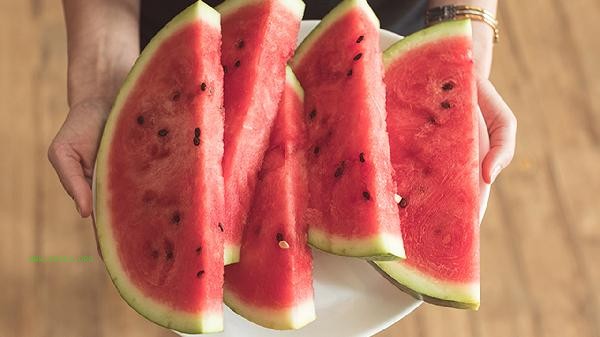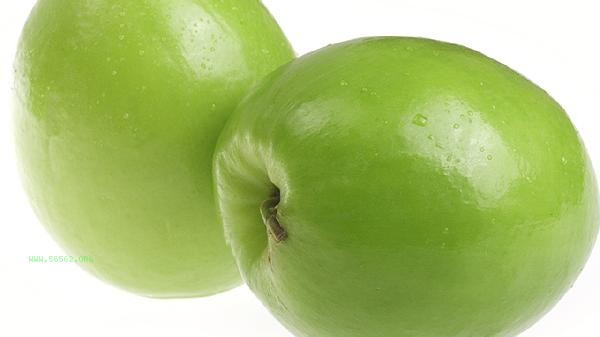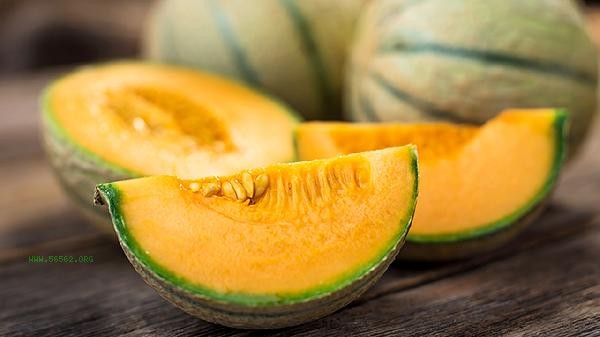The characteristics of fruits are mainly reflected in four aspects: appearance, taste, nutritional value, and consumption method. Fruits usually have bright colors, juicy flesh, rich vitamins and minerals, and can be consumed directly or processed.

1. Appearance Features
The appearance features of fruits include shape, color, and skin texture. Different types of fruits have unique shapes, such as round, oval, or irregular shapes. The skin color is diverse, ranging from green to red, yellow, purple, and so on. The texture of the epidermis also varies, including smooth, rough, and fuzzy types. Mature fruits usually present a bright and full color, which is an important indicator for judging maturity.
2. Taste Characteristics
The taste of fruits is mainly characterized by sweetness, acidity, and texture. Most fruits contain natural sugars, and their sweetness varies depending on the variety. Some fruits have a distinct sour taste, such as citrus fruits. The texture of fruit pulp can be divided into crisp, tender, tender, juicy and other types. Maturity directly affects taste. Immature fruits are often sour and hard, while overripe fruits may become soft and tasteless.

3. Nutritional Value
Fruits are rich in various vitamins, minerals, and dietary fiber. The content of vitamin C is generally high, and some fruits also contain vitamins A, B, and other vitamins. Minerals include potassium, magnesium, calcium, etc. Dietary fiber helps promote intestinal peristalsis. The proportion of nutrients in different types of fruits varies, and diversified intake can provide more comprehensive nutrition.
4. Eating method
Fruits can be eaten fresh or processed into products such as juice, jam, and dried fruits. Some fruits need to be peeled and pitted for consumption, while others can be eaten with the skin intact. Some fruits are suitable for raw consumption, while others are more suitable for consumption after cooking. Before consumption, attention should be paid to cleaning and removing any pesticides or pollutants that may remain on the surface. Special groups such as diabetes patients need to control the intake of high sugar fruits.

Diversity in fruit intake should be ensured in daily diet, and seasonal fruits should be selected according to the season. Fruits are best consumed between two meals to avoid consuming large amounts at the same time as the main meal and affecting digestion. Pay attention to ventilation and avoid light when storing fruits, and some fruits need to be refrigerated for storage. Observe the condition of fruits before consumption to avoid consuming rotten or spoiled fruits. Reasonably combining different types of fruits can achieve a more balanced nutritional intake.








Comments (0)
Leave a Comment
No comments yet
Be the first to share your thoughts!